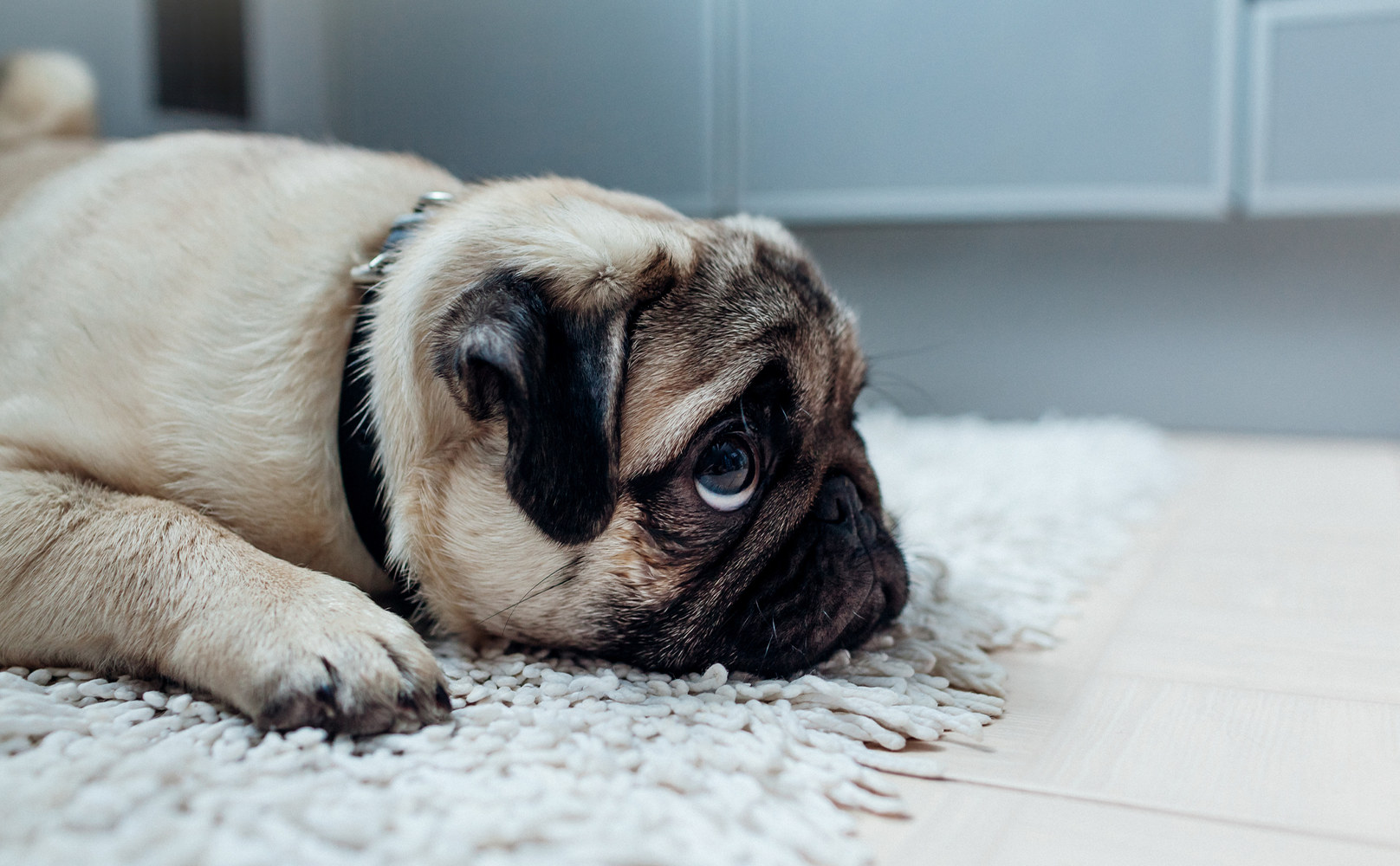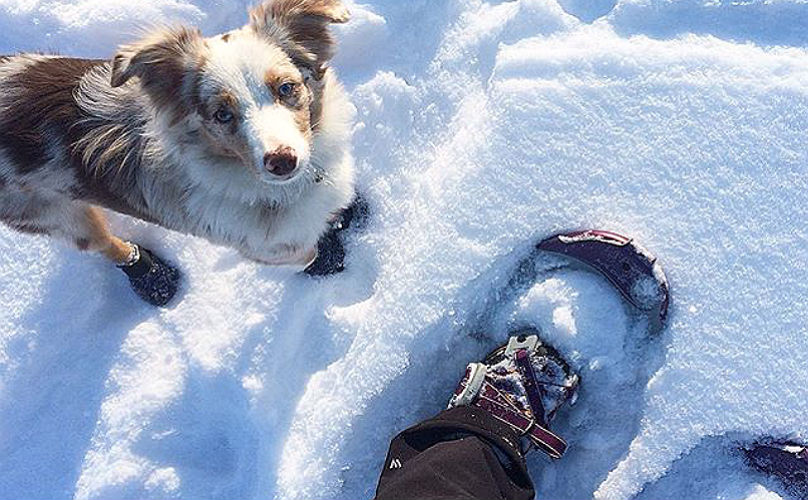Ever wondered what military dog training is like? While there’s no single breed in the military, certain types are repeated: German Shepherds, Belgian Malinois and Pit Bulls. Each of these breeds have very high play drives and, more importantly, are smart, brave, and sensitive to their handler.
In order to train your dog to have the obedience of a military dog, you need high standards not only for your dog, but for yourself as a trainer. Here are a few things the military takes very seriously when it comes to training their dogs:
1. Patience
Patience is the steadiness, endurance, or perseverance necessary to help the dog develop the skill to perform a task correctly. A handler must remain calm and self–controlled while working with the dog on each task.”
Some dogs are better at certain tasks than others dogs. Differences in behavior and personality also determine their capabilities. Having patience, as well as an understanding of your dog’s strengths and weaknesses, will contribute to the success of your dog’s training. Frustration, anger, and impatience, on the other hand, will not.
2. Repetition
Practice practice practice. How much training a dog needs, depends on several factors, including the capabilities and behaviors of the dog. The US Army recommends handlers train with their dogs a minimum of 4 hours per week. In other words, handlers should practice with their dogs at least 30 minutes a day.
3. Praise
Praise is vital to training your dog–it’s how they learn they are doing something “right” and it motivates them to perform the behavior again. The US Army points out how you praise your dog is important as well. They advise handlers not to depreciate the value of high-value rewards by giving them freely. If your dog goes bananas for freeze-dried liver, they should only get that reward when they execute a command correctly. Giving the reward too frequently devalues it.
Timing is also important when it comes to praising your dog. Give the reward immediately after your dog performs the required response. Any delay might confuse your dog as to what they did correctly.
4. Socialization
Socializing helps build your dog’s confidence and teaches them to work in a variety of environments. Socialization is also critical to helping your dog work well around strangers and other dogs.
5. Teach the following obedience commands
- SIT
- DOWN
- HEEL
- STAY
The US Army requires their dogs to learn commands with a verbal cue, as well as a visual cue, such as a hand signal.
Related Reading: 10 Things You May Not Know About Military Dogs
6. Generalize Commands
To generalize a command means to teach your dog to perform a command in a variety of environments and/or under different circumstances. Take, for example, this sweet Bernard who has generalized the behavior of holding an object on his head. Because the command has been generalized, he can hold a variety of objects on his head, in a variety of different locations.
Generalization can be difficult for some dogs. It often takes more than just practicing the command in a variety of locations and can require re-teaching the command altogether.
7. Practice with distractions
After your dog has become proficient at a command, throw a few distractions in the mix. Distractions can be sounds, smells, or a stimulus (such as another dog, hooman, or their favorite ball or toy).
8. Practice on an obedience course:
While on an obedience course, your dog is navigating lots of small puzzles and challenges. You are stimulating your dog’s brain and encouraging him to work through difficult situations.
Source: Army Publishing Directorate






